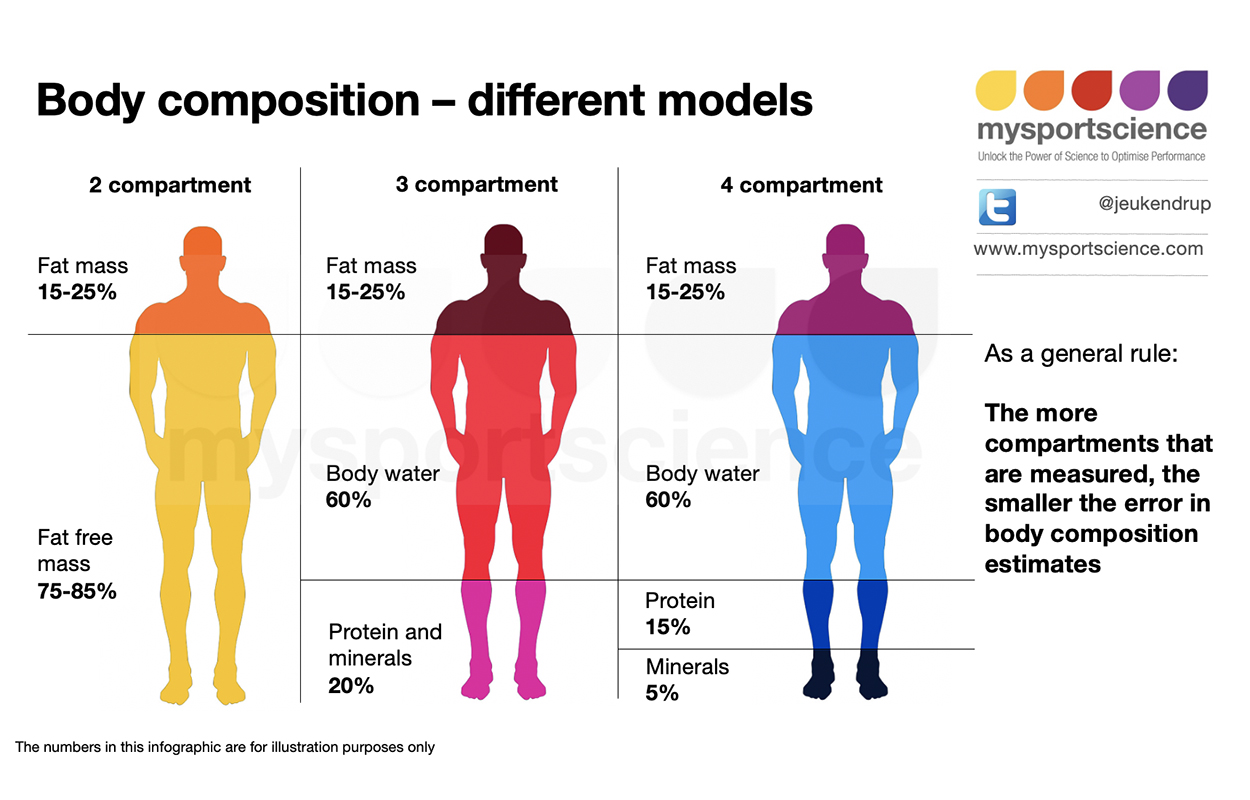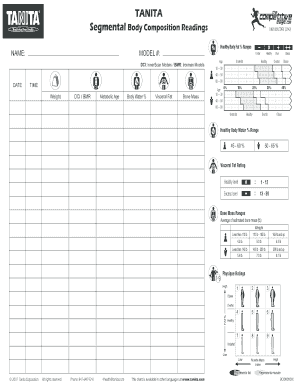
One cross-sectional study found that muscle strength was positively associated with BMI in underweight, normal, overweight and obese older men and women. Body Mass Index (BMI) is commonly used to assess obesity as it is easily measured and does not require costly equipment. The prevalence of obesity in older adults living in New Zealand has increased. This indicates that other factors may preserve muscle strength during aging, one of which may be age related changes in adiposity. However, longitudinal studies have shown that changes in muscle mass explain only a small portion (~5%) of the changes in strength in older adults. These changes occur simultaneously with a decline in muscle strength.Ĭross-sectional studies have demonstrated that muscle mass is correlated with muscle strength. Īging is also associated with changes in body composition, including decreases in muscle mass, muscle quality and increases in adiposity. Muscle strength increases with age and then significantly decreases after 40 and 50 years old for women and men, respectively. Muscle strength refers to the amount of force a body can produce to perform normal daily household, work related, and recreational activities. Įvidence pooled from a large number of studies has shown that one of the most common risk factors for falls is low muscle strength. People aged 85 and over were twice as likely as 50–64-year olds to have an ACC claim for a fall-related injury. In 2016 the rate of one or more Accident Compensation Corporation (ACC) claims for a fall-related injury was 216 per 1,000 in people aged 50 and over. In the aging New Zealand population, falls are both the most common and costliest cause of injury.


In 2006, 12.3% of New Zealand population was older than 65 years this percentage is expected to increase to 19.9% by the year 2026 and to more than 26.3% by 2051.

Globally and in New Zealand the proportion of older adults is increasing. The funders had no role in study design, data collection and analysis, decision to publish, or preparation of the manuscript.Ĭompeting interests: The authors have declared that no competing interests exist. This is an open access article distributed under the terms of the Creative Commons Attribution License, which permits unrestricted use, distribution, and reproduction in any medium, provided the original author and source are credited.ĭata Availability: All relevant data are within the paper and supporting information files.įunding: Funding is provided by a Health Research Council of New Zealand Emerging Researcher Grant 17/566 - Beck: Optimising cognitive function: the role of dietary and lifestyle patterns. Received: NovemAccepted: ApPublished: May 28, 2021Ĭopyright: © 2021 Hiol et al. PLoS ONE 16(5):Įditor: Alessandra Coin, Clinca Geriatrica, ITALY Citation: Hiol AN, von Hurst PR, Conlon CA, Mugridge O, Beck KL (2021) Body composition associations with muscle strength in older adults living in Auckland, New Zealand.


 0 kommentar(er)
0 kommentar(er)
